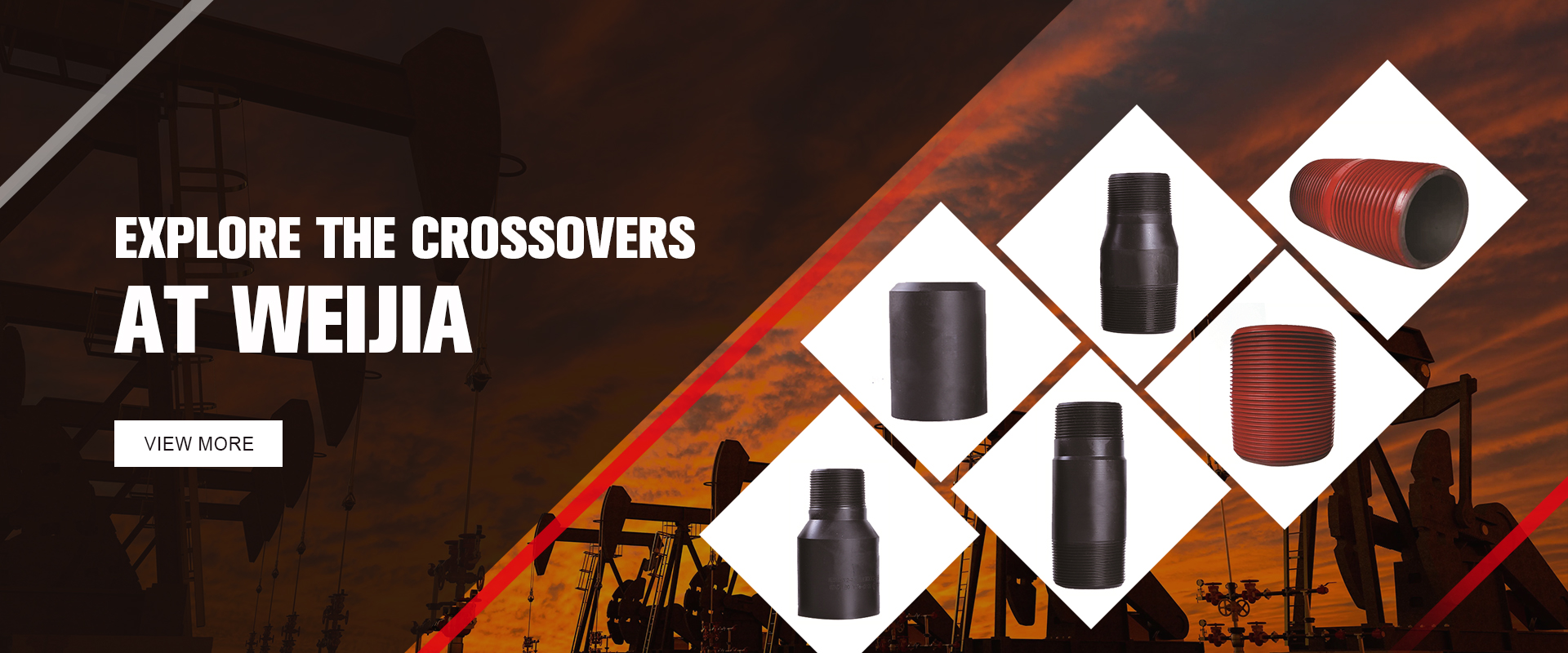- Afrikaans
- Albanian
- Amharic
- Arabic
- Armenian
- Azerbaijani
- Basque
- Belarusian
- Bengali
- Bosnian
- Bulgarian
- Catalan
- Cebuano
- Corsican
- Croatian
- Czech
- Danish
- Dutch
- English
- Esperanto
- Estonian
- Finnish
- French
- Frisian
- Galician
- Georgian
- German
- Greek
- Gujarati
- Haitian Creole
- hausa
- hawaiian
- Hebrew
- Hindi
- Miao
- Hungarian
- Icelandic
- igbo
- Indonesian
- irish
- Italian
- Japanese
- Javanese
- Kannada
- kazakh
- Khmer
- Rwandese
- Korean
- Kurdish
- Kyrgyz
- Lao
- Latin
- Latvian
- Lithuanian
- Luxembourgish
- Macedonian
- Malgashi
- Malay
- Malayalam
- Maltese
- Maori
- Marathi
- Mongolian
- Myanmar
- Nepali
- Norwegian
- Norwegian
- Occitan
- Pashto
- Persian
- Polish
- Portuguese
- Punjabi
- Romanian
- Russian
- Samoan
- Scottish Gaelic
- Serbian
- Sesotho
- Shona
- Sindhi
- Sinhala
- Slovak
- Slovenian
- Somali
- Spanish
- Sundanese
- Swahili
- Swedish
- Tagalog
- Tajik
- Tamil
- Tatar
- Telugu
- Thai
- Turkish
- Turkmen
- Ukrainian
- Urdu
- Uighur
- Uzbek
- Vietnamese
- Welsh
- Bantu
- Yiddish
- Yoruba
- Zulu
api tubing couplings
Understanding API Tubing Couplings A Comprehensive Guide
In the oil and gas industry, the integrity of drilling and production operations largely depends on the components used in the wellbore. One vital component that ensures the safety and efficiency of these operations is the API tubing coupling. This article will delve into the significance, types, standards, and applications of tubing couplings in the context of the American Petroleum Institute (API) specifications.
What are API Tubing Couplings?
API tubing couplings are specialized fittings that connect lengths of tubing in oil wells, providing both mechanical strength and pressure containment. They serve as connectors between sections of tubing, which is the drilled pipe used to transport oil and gas from the reservoir to the surface. Proper installation and maintenance of these tubing couplings are critical, as any failure can lead to leaks, blowouts, or costly downtime.
Importance of API Standards
The API standards for tubing couplings are designed to ensure that equipment meets rigorous safety and quality specifications. API 5CT, one of the crucial standards set by the organization, outlines requirements for casing and tubing materials used in oil and gas wells. By adhering to these standards, manufacturers can produce couplings that can withstand extreme conditions, including high pressures and corrosive environments typical in oil exploration and production.
Types of API Tubing Couplings
API tubing couplings come in various configurations, each designed for specific applications and environments
1. Regular Couplings These are the most common type, often used for standard operations. They are designed to join tubes or pipes without any special requirements for additional features or customizations.
2. Premium Couplings Engineered for high-performance applications, premium couplings offer enhanced sealing technology and greater resistance to fatigue and deformation. They are often used in deepwater drilling or high-pressure scenarios.
3. Threaded Couplings These couplings employ external threads for connection, providing a reliable seal. They are easy to install and are widely used for standard drilling operations.
4. Welded Couplings These involve welding the coupling directly to the tubing for a more permanent, robust connection. This type is particularly beneficial in applications where movement and vibration are expected.
5. Slip-on Couplings Designed for ease of use, slip-on couplings allow for fast connection without the need for extensive preparation or threading. They are ideal for temporary setups or in tight workspaces.
Key Features of API Tubing Couplings
api tubing couplings

When selecting API tubing couplings for specific applications, several key features must be taken into account
- Material Composition Tubing couplings are usually made from carbon steel or alloy materials, which offer high tensile strength and resistance to wear and corrosion
.- Thread Type The threading on couplings must match the tubing being used. Common types include API round thread, buttress thread, and casing thread.
- Pressure Rating Couplings should be rated to handle the pressures expected in service. Matching the pressure rating of the coupling with the well conditions is essential for safety.
- Dimensions The size and configuration of a coupling must correspond to the tubing specifications to ensure a proper fit.
Applications of API Tubing Couplings
API tubing couplings are widely used in various sectors of the oil and gas industry, including
- Onshore and Offshore Drilling They are integral in both onshore and offshore drilling operations, helping to facilitate the transport of hydrocarbons from the wellbore to the surface.
- Production Operations In production settings, these couplings maintain the integrity of the tubing strings that extract oil and gas.
- Workover Operations Tubing couplings are essential during workover operations, which involve the maintenance, repair, or stimulation of existing wells.
- Plugging and Abandonment In cases where a well is no longer viable, specifically designed couplings are utilized in the plugging and abandonment processes to ensure environmental safety.
Conclusion
Understanding API tubing couplings is crucial for any professional engaged in the oil and gas industry. From ensuring operational efficiency to maintaining safety standards, these components play a significant role in the overall success of drilling and production activities. By adhering to API specifications and selecting the appropriate type of coupling for specific applications, operators can optimize performance, reduce downtime, and enhance safety in their operations. Whether exploring new wells or maximizing output from existing ones, API tubing couplings are an essential component of the industry's infrastructure.
-
Tubing Pup Joints: Essential Components for Oil and Gas OperationsNewsJul.10,2025
-
Pup Joints: Essential Components for Reliable Drilling OperationsNewsJul.10,2025
-
Pipe Couplings: Connecting Your World EfficientlyNewsJul.10,2025
-
Mastering Oilfield Operations with Quality Tubing and CasingNewsJul.10,2025
-
High-Quality Casing Couplings for Every NeedNewsJul.10,2025
-
Boost Your Drilling Efficiency with Premium Crossover Tools & Seating NipplesNewsJul.10,2025







